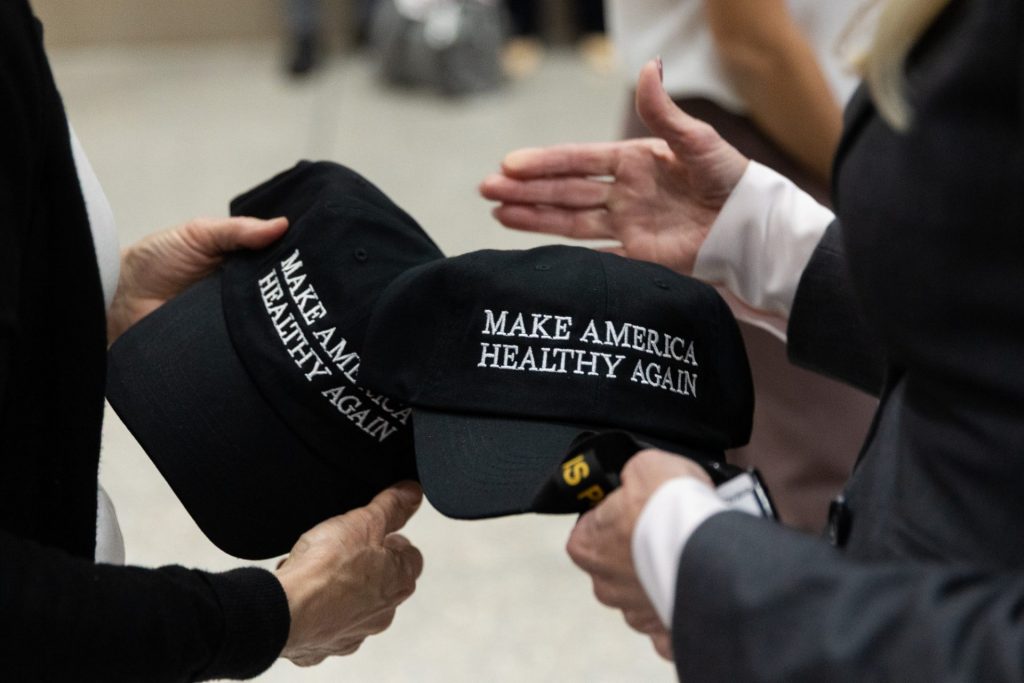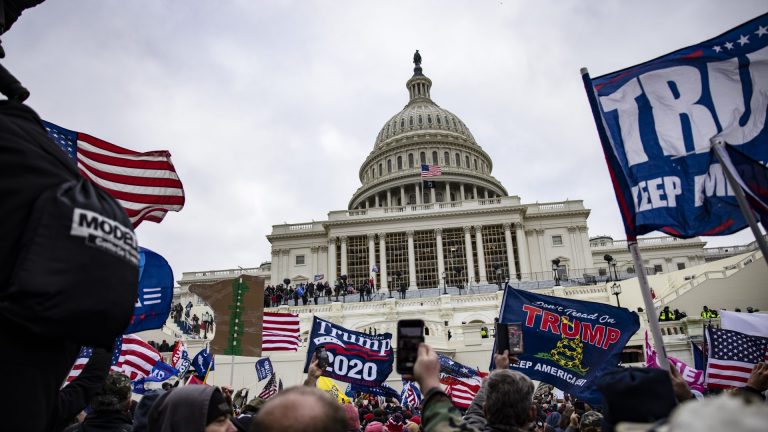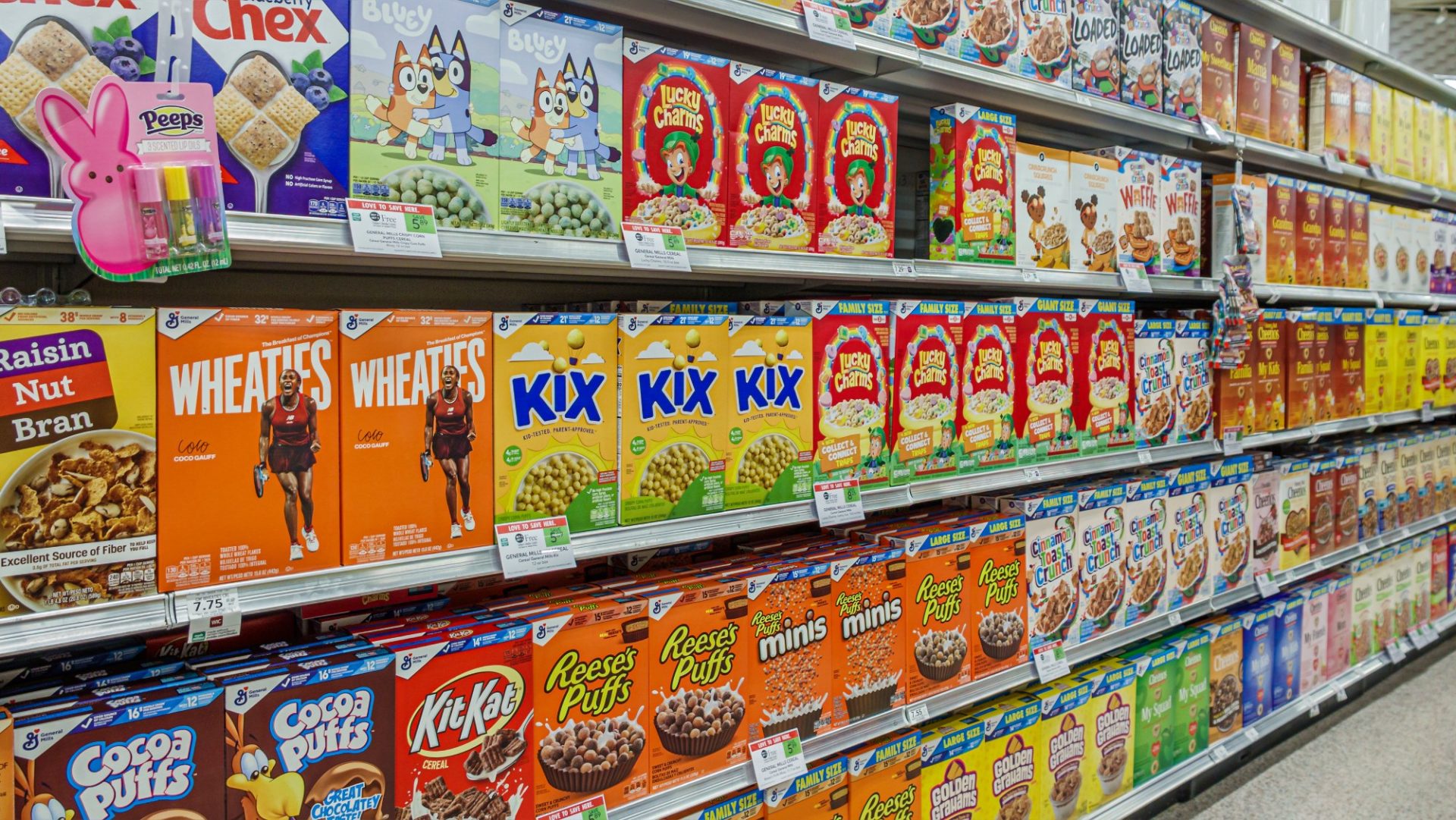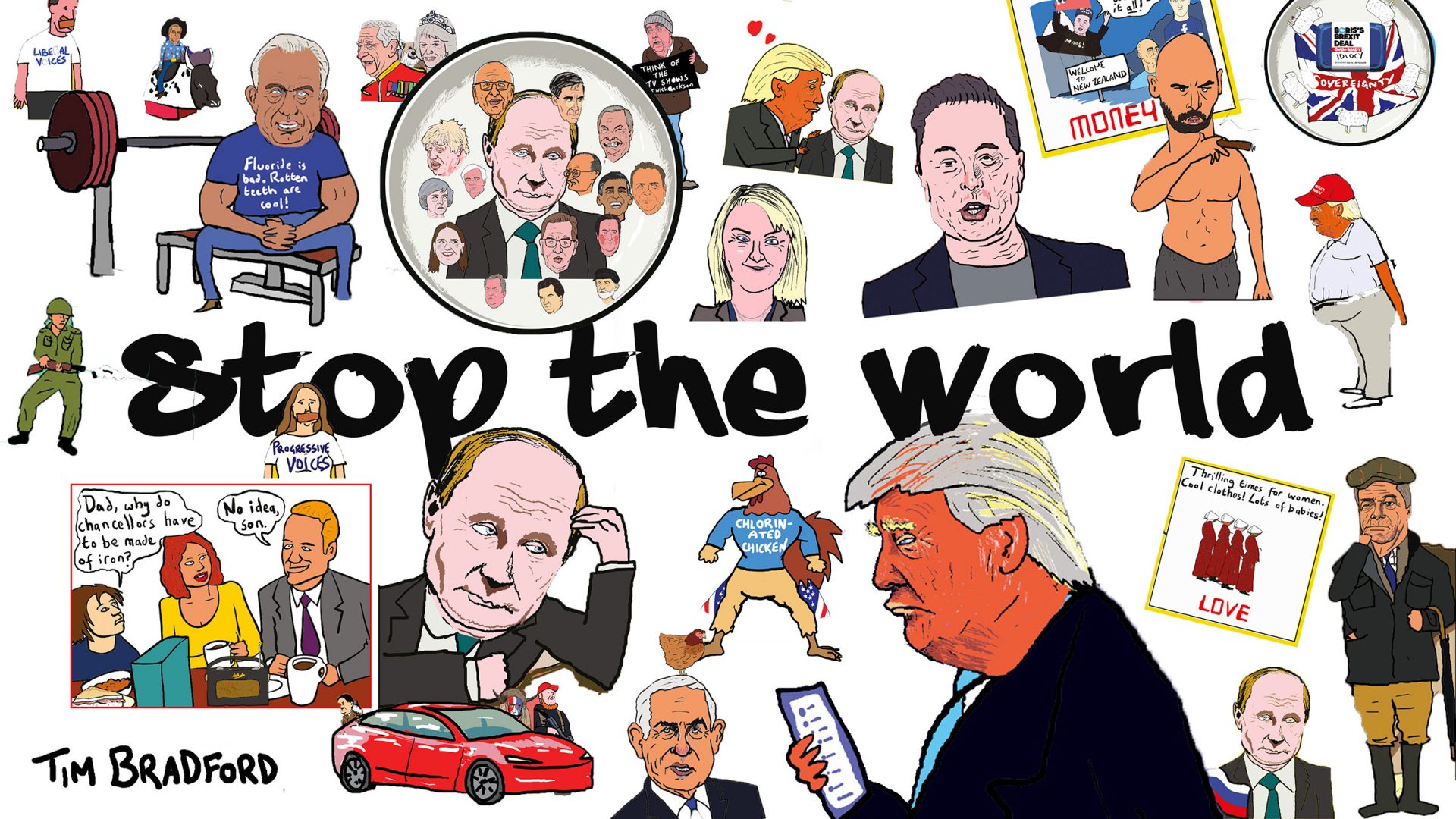The cereal aisle of our local supermarket in the suburbs of Washington DC is a place of both joy and pain for my family. Joy for my two sons, who run up and down marvelling at the colourful boxes emblazoned with cartoon characters who promise eruptions of sweet wonder within. But pain for me as I wince at ingredients lists packed with sugar, chemicals I can’t pronounce, and food additives that are either heavily regulated or banned in Europe.
My partner says it transports him to the scene in The Hurt Locker when the army bomb-disposal expert played by Jeremy Renner surveys the seemingly endless cereal cartons, looking utterly forlorn. A few scenes later, he is back in Iraq. War seems the better option.
In our family battle over American cereals, we have reached a ceasefire agreement. On birthdays, Christmases and family holidays only, the kids can have their breakfast bowls filled with chemical delights including: red 40, known in Britain as “E129”; yellow 5 (aka Tartrazine, or “E102”); and blue 1, a triarylmethane dye, also known as “E133”. The rest of the year it’s porridge, muesli and toast.
So I welcome news that some US companies have agreed to remove artificial food dyes from their products by 2028, and that the Food and Drug Administration plans to ban several synthetic dyes – including those listed above – by the end of next year.
For many liberal parents, it’s the one silver lining of the Trump administration. They may balk at health secretary Robert F Kennedy Jr’s anti-vax views, but his criticism of the ultra-processed American diet strikes a chord with any parent struggling to feed their kids decent, non-processed food.
This week, the Make America Healthy Again (MAHA) movement claimed another victory when Coca-Cola said it would offer a product in the US using cane sugar instead of corn syrup, which Kennedy has called “poison”.
But for all the fanfare, these developments are little more than window dressing, much of it based on shaky science. The problem with US diets goes much deeper than a handful of food additives and is rooted in the extreme wealth disparity that permeates all American life.
Eating a diet that is both healthy and affordable in America is like chasing a unicorn. I know, because I’ve been trying for two years. When my family moved to the US in the summer of 2023, I assumed we’d eat in a way that was broadly similar to our euro-diet. We’d do the bulk of our shopping at the local supermarket chain, and supplement it with some farmers’ market produce, which I would expect to be a bit more expensive.
But never in Europe had I been charged $5 for one single onion. Fancy a small baguette? That will be $9, please. Those are standard prices at the farmers’ market at the end of my road. The big supermarket chains are not much better. Consumer prices in America have been soaring – up 24% since 2020. Donald Trump won last year’s election largely on the back of promises to make life more affordable, with the economy and cost of living still the top concerns for voters.
But the food in the supermarket chains isn’t only expensive: it’s also often laced with sugar, salt, and additives. In a whole aisle of bread, I cannot find one product that does not contain sugar. For a healthier, non-sugared loaf, I must go back to my farmers’ market. That will be $9, please. It’s the same story every time: the cheapest way to eat is unfailingly the least healthy.

How to find affordable and edible food is a topic of conversation at almost every social gathering, especially with European acquaintances. My American friends say that while it is not discussed quite so much by their fellow Americans, everyone is quietly making the calculation of how they can afford to keep their family healthy. Everyone knows ultra-processed food is unhealthy, but it comes down to a question of wealth.
“We make the decision to spend the money, and we have some serious grocery bills,” said my friend Craig, who works in the health sector. “I mean, it’s legitimate, every week, hundreds of dollars.”
It’s not just America that has this problem: a study by the UK-based Food Foundation in January found that 1,000 calories of healthy food cost twice the equivalent in processed foods. But with soaring prices, a growing wealth gap, subsidies for the unhealthiest crops and a powerful food industry lobby, the US takes this problem and supersizes it.
Take for example a family-sized 14.5oz box of Kraft Mac & Cheese. At Giant, the supermarket chain near me, it will set you back $4.39. If I were to go to that same store and buy the ingredients to make my own unprocessed version for my family of four, it would cost $15.
A 2023 study by Northeastern University’s Network Science Institute found that 73% of the entire US food supply is ultra-processed, and that those ultra-processed foods are on average half the price of their healthier alternatives. It’s little wonder that in the US around 42% of all adults and 20% of children are obese.
After two years here, I’ve worked out my own patchwork of solutions. I’ve joined a group of parents who get seasonal, affordable produce delivered from an Amish cooperative in Pennsylvania. I pay for membership at the Costco wholesaler, where four pats of butter cost $15.49 compared to just one for $6.99 at the local Giant.
I bake my own bread, make my own muesli and grow herbs. I’ve also succumbed to the web of loyalty cards, coupons, and cashback deals that land on my doorstep. It means handing over all my personal shopping data to the highest bidder, but when I can shave $50 off a grocery shop, it’s a deal with the devil I’m willing to make, especially now inflation is so high. In June, it rose to 2.7%, the highest since February. But what do all these measures take? Time and a reasonable amount of money, two commodities that many Americans do not have.
Nearly 70% of America’s wealth is held by the richest 10% of the population. Meanwhile, the bottom 50% of the population owns just 3% of America’s wealth. One in six Americans rely on food banks, while in the Hamptons, a tiny group of monied holidaymakers shop in the Farm & Forage Market, where it is possible to buy imported Japanese musk melons at $400 a time. A lobster salad at a nearby bijou grocery store will cost $100.
It is, of course, absurd – there is either the super-expensive high-end grocer, or the ultra-processed supermarket offering with almost no middle ground. No wonder so many Americans struggle with obesity.
Suggested Reading

Coffee, cake and fascism: welcome to Trump’s America
And then there is the time: Americans work far more hours than their European counterparts. A record number of Americans – 8.9 million of them, or 5.4% of the workforce – now have to hold down two jobs in order to pay for basic necessities, and for someone doing multiple jobs, that eight-minute, ready-made Kraft Mac & Cheese starts to look a lot more feasible than making a bechamel sauce from scratch.
Either the price of wholesome food needs to go down, or the wealth needs to be distributed more equally. There is little sign that either of those will happen under president Trump.
Quite the opposite, in fact. The Congressional Budget Office concluded that Trump’s new tax and spending bill, which passed Congress this month, will cost the poorest Americans $1,600 a year, while increasing the wealth of the richest households by $12,000 a year. It also cuts funding for a crucial food benefits programme for the poorest families. Writing in Time magazine, economist Josh Bivens called the bill “the largest one-time upward redistribution of income in US history”.
One reason ultra-processed food is so cheap is because of the vast agriculture subsidies that go to the farmers who produce the basic ingredients of junk food: corn, soybeans and sugar. Only about 10% of US food subsidies go to fruit and vegetable farmers. Flipping this could change the equation, but the problem is that the crops like corn and sugar are grown predominantly in Republican heartland states like Iowa and Nebraska. Much of the domestic fruit and vegetable supply comes from California, Washington and Oregon – these are blue states. No prizes for guessing which states Trump wants to reward.
And so, in the absence of any coherent approach to solving America’s rotten food culture, we have window dressing. While the banning of food additives is welcome and backed by science, there is little evidence to suggest swapping one type of sugar for another in a fizzy drink will make any difference to America’s long-term health.
Another supposed MAHA victory was the replacement of seed oils with beef tallow in some fast-food chains. Tallow is a variety of animal fat usually found in dog food. An executive from Steak ’n Shake announced that, “Our fries will now be cooked in an authentic way, 100% beef tallow, in order to achieve the highest quality and best taste”. The problem is that beef tallow is in fact higher in saturated fats than the oils it will replace.
In fairness to the MAHA movement, it has only been six months, and their full set of policy recommendations are expected next month. Nutrition scientists also welcome a focus on diet as a driver of chronic disease.
But any effort to change American diets must be a whole government approach. It goes way beyond making the cereal aisle a bit more palatable to worried European mothers like me.
Charlotte McDonald-Gibson is a US correspondent based in Washington



